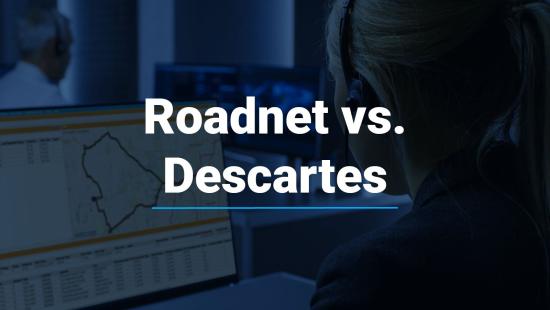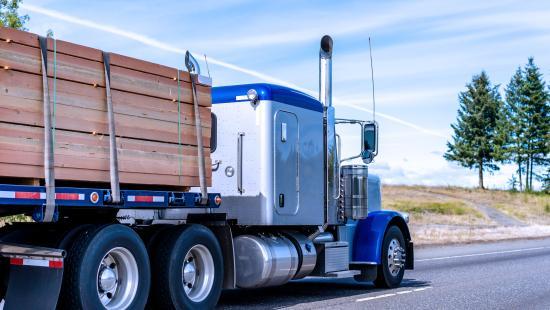AI-based Configuration: The Future of Optimized Last Mile Delivery
There’s always been tension surrounding the optimization technologies used for planning last mile delivery routes.
The solutions that solve the toughest and most unique problems and deliver differentiating results are also the most complex and require significant domain expertise to implement and maintain. Those companies that make the skills investment reap the largest rewards in terms of business performance improvement; however, not all companies have the fortitude or the skills internally to exploit more sophisticated optimization technologies.
Even when they do, there is the challenge of maintaining optimization configurations as businesses change their strategies and personnel.
It’s not that any optimization vendor wants to create complex products. Virtually every route planning optimization technology gets increasingly complex as it is used by more companies in more industries, each of whom has its own optimization requirements.
Attempts at simplification run counter to the need for greater flexibility to more accurately model the route planning problem and better meet the performance goals of the business. So, maybe the best strategy is to embrace the complexity and flexibility, but mask it from the user.
This is where artificial intelligence (AI) comes into the picture.
INDUSTRY WHITE PAPER
Fleet Innovations: Continually Advancing State-of-the-Art Solutions
Powerful route planning algorithms can produce dramatic improvements in route productivity and customer service. However, because these algorithms are highly flexible, they can be complex, require a deep understanding of how they work and the parameters that are used. In addition, data, and business goals, and constraints also impact the configuration. Download the white paper to learn more.
Using AI to Produce Optimization Scenarios
There are many classes of AI, from rules-based expert systems to machine learning, that can be applied to optimization configuration. All optimization technologies are mathematical representations of the real world and have specific behaviors based upon their configuration.
The trick is understanding which combination of settings produces the desired results on the data. AI can be used to capture the configuration knowledge of the optimization experts and turn the configuration process from “What settings meet these business objectives?” to “Here are the desired business objectives; configure the system to achieve them.”
By using this approach and running it against a representative data set, the system can produce optimization scenarios much more quickly than through human configuration.
This approach is very powerful for a number of reasons. First, for large companies with many locations serving different types of geographies, AI-based configuration can be launched against each combination to accelerate the tuning process and develop the optimal configuration.
Second, the AI system can continually run and recommend changes to the configuration as data changes. Finally, new business scenarios can be evaluated to determine how closely the optimized plans can reflect the new objectives.
Related Article
6 Key Capabilities for Maximizing Fleet Operations and Last Mile Delivery Performance
The technology now available is helping companies implement last mile delivery strategies that improve performance in a number of ways including competitive differentiation, customer experience, revenue growth, profitability and of course, cost reduction. The industry’s most sophisticated platforms address a wide range of requirements including scheduling delivery appointments, optimizing routes, managing their execution, directing drivers, working across delivery channels and engaging the customer.
Improving Optimization Performance with Machine Learning
Machine learning is also a powerful tool for improving optimization performance. The ability to use the most accurate configuration parameters helps to ensure the most feasible routes and to take advantage of actual driver performance.
However, many parameters are at best approximations of what is actually happening on the road. Stop times and road speeds can vary based upon vehicle, geography and driver.
Actual unloading location may not be the street address of the delivery or, in the case of new construction, may not exist yet. Machine learning can take all of this into account to determine the best times, speeds and locations by examining actual results over time.
In addition, it can be highly granular, determining the impact of an individual driver on drive and stop times. As conditions and driver productivity change over time, machine learning can continually adjust parameters to help ensure the most relevant and optimal planning performance.
The real power of AI and machine learning lies in their ability to encapsulate the knowledge of optimization gurus and fine tune configurations and parameters. This allows more logistics organizations to take advantage of the advanced last mile route optimization technologies that can spur higher levels of productivity and customer differentiation.
How is your organization using AI and machine learning as part of its route optimization strategy?
Fleet Resource Center
Expand Your Routing, Mobile & Telematics Knowledge
Recommended For You




